A speech and language science lab for students is a specialized facility, that is dedicated to the study and research of speech, language, and communication processes. These labs provide students with hands-on learning experiences, research opportunities, and training in various aspects of speech and language science. Here are the key objectives and components of a speech and language science lab for students:
- Education and Training: Offer students a dynamic and interactive learning environment where they can acquire theoretical knowledge and practical skills related to speech and language science.
- Skill Development: Provide opportunities for students to develop clinical and research skills essential for working with individuals who have speech and language disorders.
- Research Opportunities: Enable students to engage in research projects related to speech and language development, disorders, and communication sciences.
- Clinical Simulation: Create simulated clinical settings where students can practice conducting speech and language assessments and interventions on standardized patients or simulated clients.
- Instrumentation and Technology: Provide access to state-of-the-art equipment and technology used in speech and language assessment, therapy, and research.
- Interdisciplinary Collaboration: Encourage collaboration among students from diverse disciplines, including speech-language pathology, audiology, psychology, linguistics, and education, to promote a holistic understanding of communication sciences.
- Faculty Guidance: Ensure that students receive mentorship and supervision from experienced faculty members and researcher.
- Speech and Language Assessment: Allow students to administer and interpret standardized speech and language assessments to evaluate communication abilities.
- Therapy Techniques: Allow students to administer and interpret standardized speech and language assessments to evaluate communication abilities.
- Research Projects: Engage students in research projects focused on speech production, language acquisition, communication disorders, and intervention strategies.
- Data Collection and Analysis: Provide resources for students to collect, analyze, and interpret data related to speech and language research.
- Community Outreach: Organize community-based speech and language screening programs and educational initiatives to promote awareness of communication disorders and their management.
- Publication and Presentation: Encourage students to disseminate their research findings by presenting at conferences and publishing their work in academic journals
- Continuing Education: Serve as a resource for graduate students and professionals seeking continuing education and advanced training in speech-language pathology and related fields.
- Ethical Practices: Emphasize the importance of ethical standards and confidentiality in speech and language assessment and intervention.
Well-equipped SSL which encloses highly advanced software for acoustic analysis with robust hardware for data acquisition, speech analysis, research and teaching purposes.
- Sona speechSona-Speech II extracts acoustic parameters (e.g., pitch, amplitude, and spectral characteristics) during speech/voice production and presents these in real time, providing clients with clear, intuitive visual displays. Using target vocalizations provided by a clinician, client attempts can be directly compared graphically and with auditory playback. Monitoring important speech/voice behaviours with concrete visual displays helps clients reach therapy goals more easily.
- SpirometryA spirometer measures the amount of air you can breathe out in one second and the total volume of air you can exhale in one forced breath. These measurements will be compared with a normal result for someone of your age, height and sex, which will help show if your lungs arent working properly.

 9606080651/653/654
9606080651/653/654